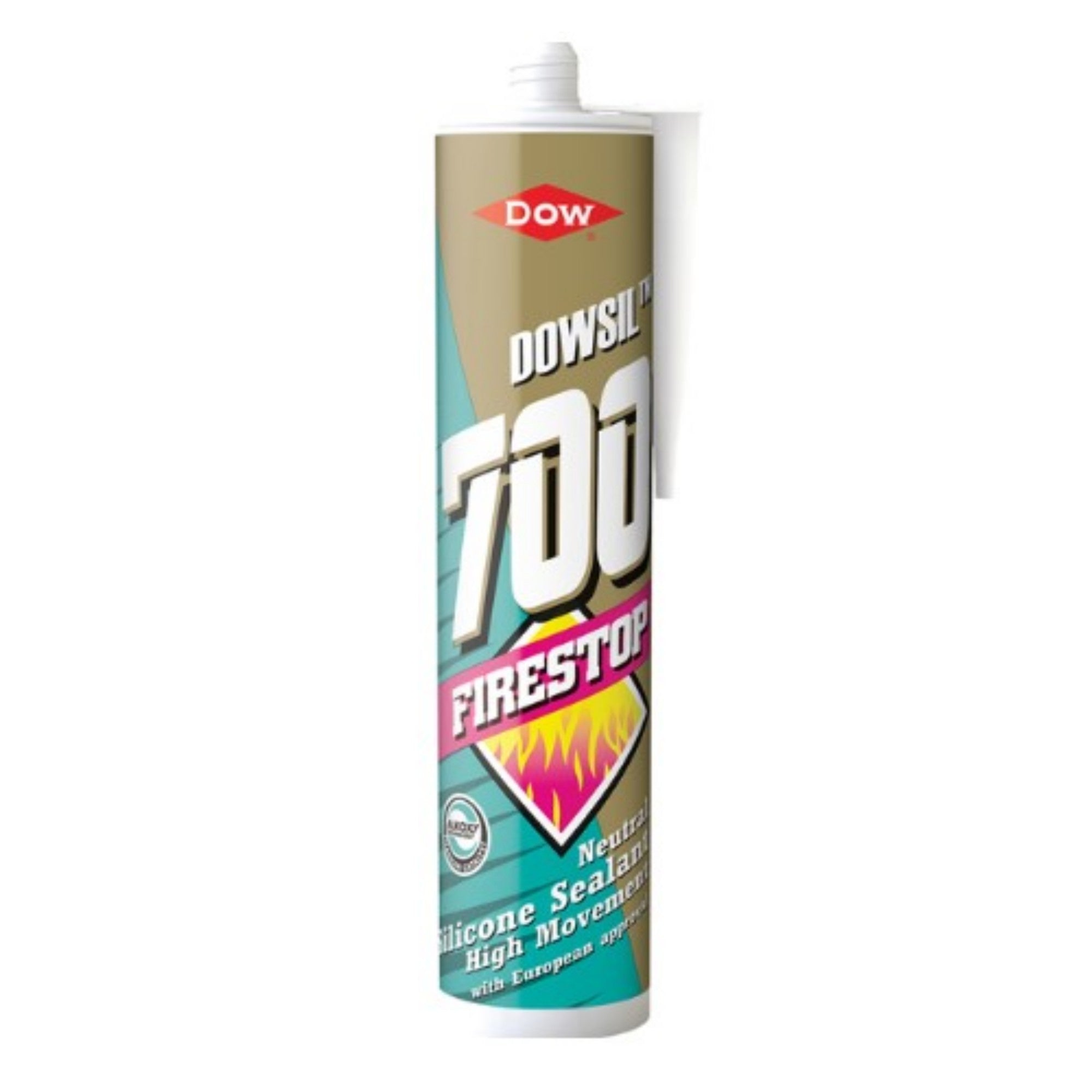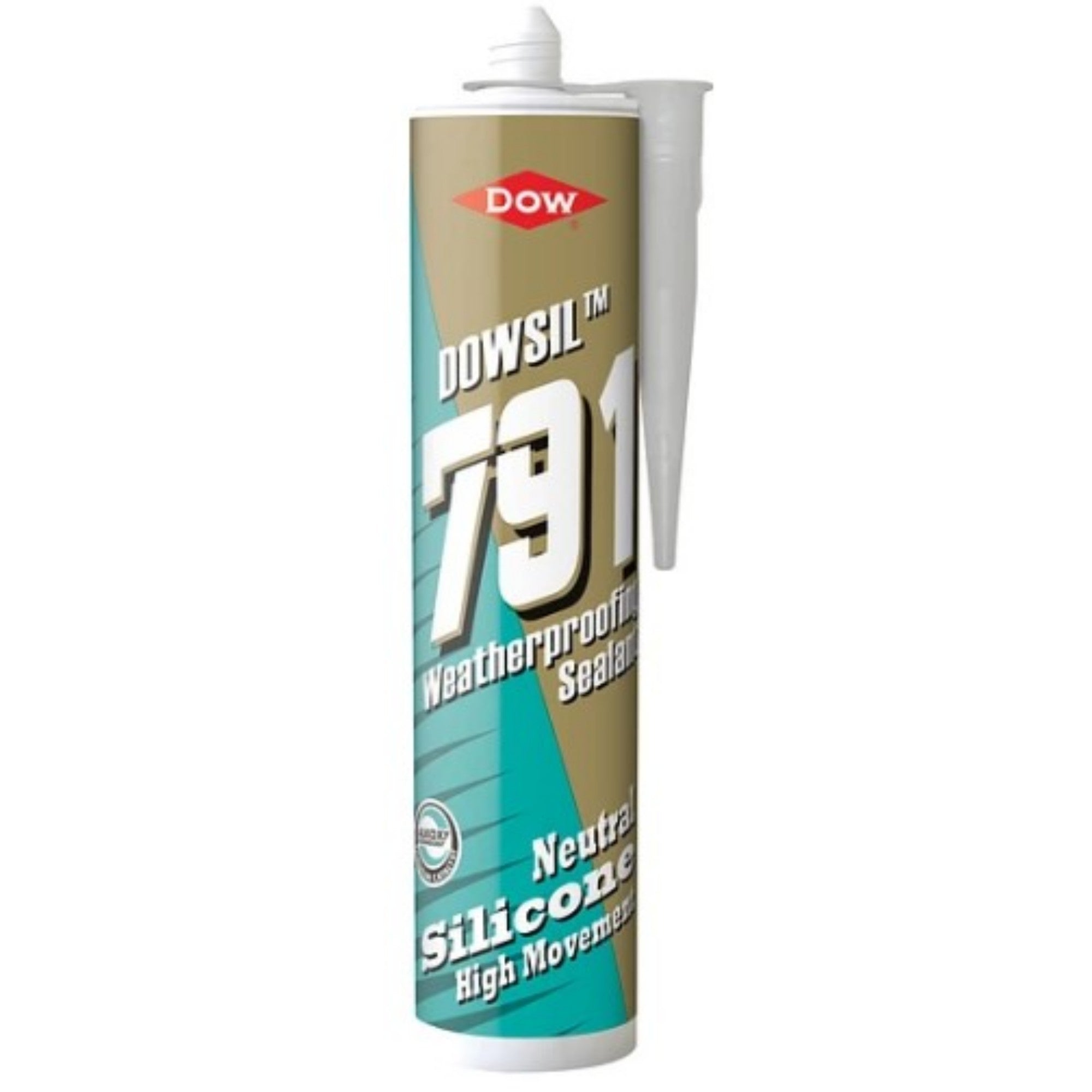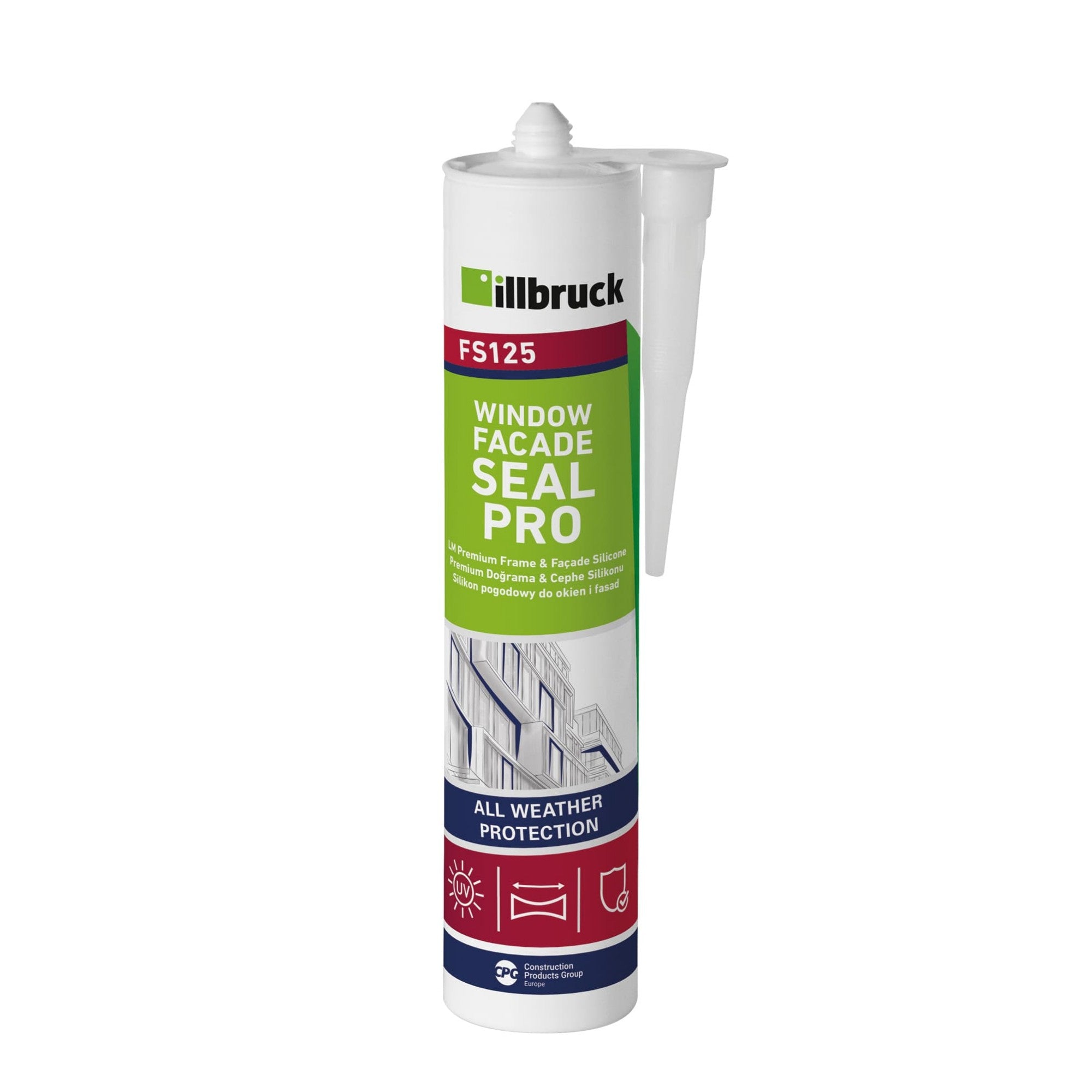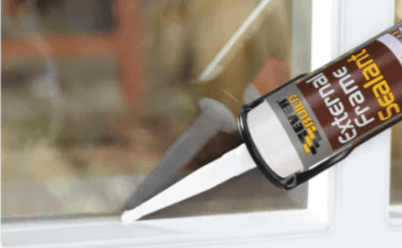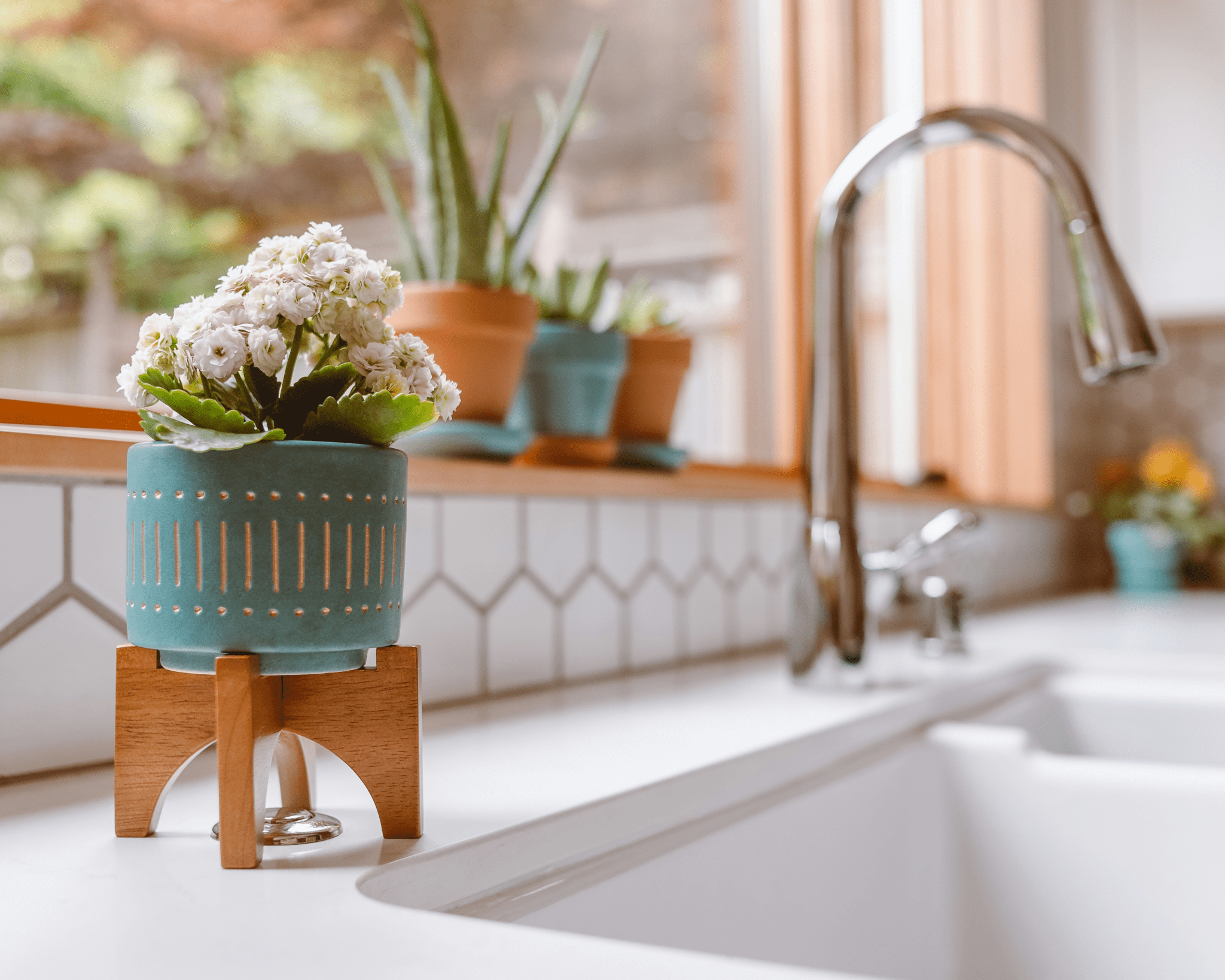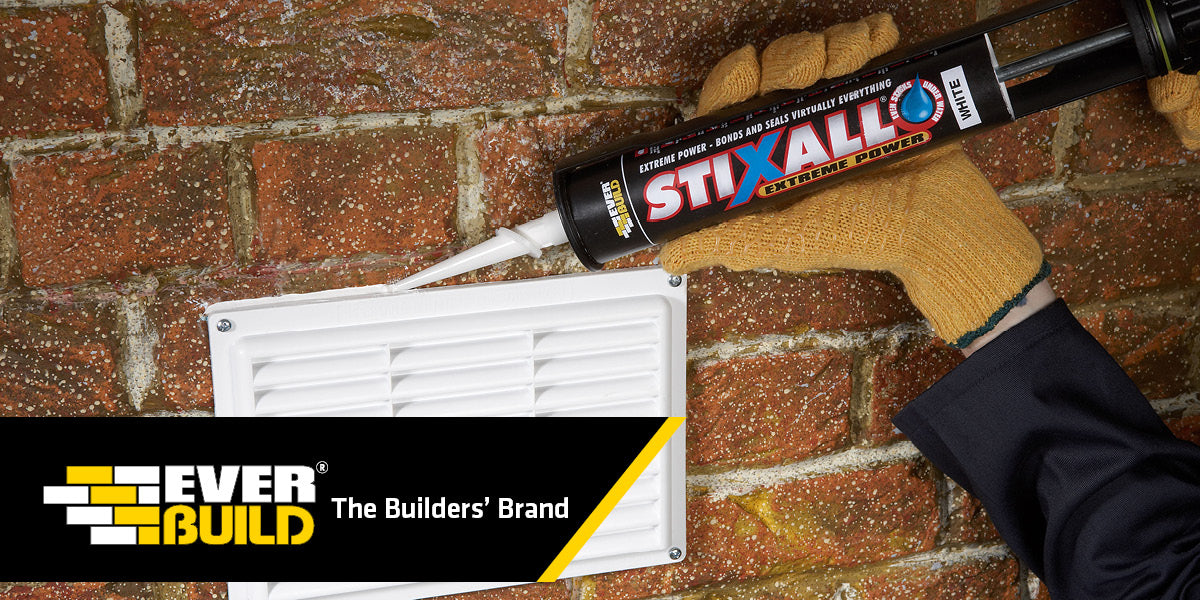Sealants play a crucial role in maintaining the structural integrity of buildings by sealing joints and preventing damage caused by various stresses. In the construction world, choosing the right sealant is essential for ensuring longevity and durability. Let's delve into the realm of sealants, focusing on three key types, with a spotlight on the widely used Polysulphide sealants.
Types of Sealants Used for Joints in Buildings
Sealants are applied to joints in materials like concrete, glass, aluminium, and masonry walls. The primary purpose is to protect structures from the detrimental effects of stress. The key types of sealants include:
Urethane based sealants
Polysulphide based sealants
Out of these, Polysulphide sealants stand out as a popular choice in the construction world due to their excellent properties.
Properties of Good Sealant
A reliable sealant should possess specific properties to ensure effective performance. These properties include:
Good bond with building materials
Softness
Flexibility
Weather resistance
Strength against stress and stress relief cycles
Polysulphide Based Sealants: A Closer Look
Polysulphide sealants are widely favoured for their exceptional properties, particularly in cold conditions. They come in two systems: the two-part system and the one-part system.
Two-part system:
Consists of base and accelerator parts that are mixed to form a thick paste.
Available in gun grade and pour grade, catering to different joint orientations.
Requires application within 48 hours, with full curing taking eight days.
One-part system:
Contains premixed sealant, ready for direct use without mixing.
Absorbs moisture from the atmosphere, with full curing taking three to four weeks.
Applications of polysulphide-based Based Sealants
Polysulphide sealants find applications in various construction areas, including:
Building structures joints (basements, glazing frames, ceilings, floors, roofs, external walls, cladding, retaining walls)
Water retaining structures joints (dams, reservoirs, canal linings, culverts)
Joints in bridges, roads, aerodromes
Equipment for polysulphide-based Sealants Application
To ensure proper application, specific equipment is required:
Filling device
Gun
Mixer
Spatula
Backup material
Bond breakers
Masking tape
Working Conditions of Polysulphide-Based Sealants
Considerations for working with Polysulphide sealants include:
Temperature range for application and service (5°C to 50°C)
Joint size (5 mm to 50 mm width)
Storage conditions (up to 12 months in a dry, cool place)
Water and chemical resistance
Setting and curing time (dependent on temperature)
Movement allowance after application (25% for butt joints, 50% for lap joints)
Durability (up to 10-25 years depending on the application)
Understanding the diverse range of sealants available and their specific properties is crucial for making informed decisions in construction projects. Whether it's silicone, urethane, acrylic, or robust Polysulphide sealants, choosing the right sealant ensures the longevity and resilience of your structures.
Need Sealant for an upcoming project? We have a wide range of sealants available. Shop for yours, today.
